Archives
- 2025-12
- 2025-11
- 2025-10
- 2025-09
- 2025-03
- 2025-02
- 2025-01
- 2024-12
- 2024-11
- 2024-10
- 2024-09
- 2024-08
- 2024-07
- 2024-06
- 2024-05
- 2024-04
- 2024-03
- 2024-02
- 2024-01
- 2023-12
- 2023-11
- 2023-10
- 2023-09
- 2023-08
- 2023-06
- 2023-05
- 2023-04
- 2023-03
- 2023-02
- 2023-01
- 2022-12
- 2022-11
- 2022-10
- 2022-09
- 2022-08
- 2022-07
- 2022-06
- 2022-05
- 2022-04
- 2022-03
- 2022-02
- 2022-01
- 2021-12
- 2021-11
- 2021-10
- 2021-09
- 2021-08
- 2021-07
- 2021-06
- 2021-05
- 2021-04
- 2021-03
- 2021-02
- 2021-01
- 2020-12
- 2020-11
- 2020-10
- 2020-09
- 2020-08
- 2020-07
- 2020-06
- 2020-05
- 2020-04
- 2020-03
- 2020-02
- 2020-01
- 2019-12
- 2019-11
- 2019-10
- 2019-09
- 2019-08
- 2019-07
- 2019-06
- 2019-05
- 2019-04
- 2018-07
-
Of all ES cases approximately are metastatic diseases
2019-08-21
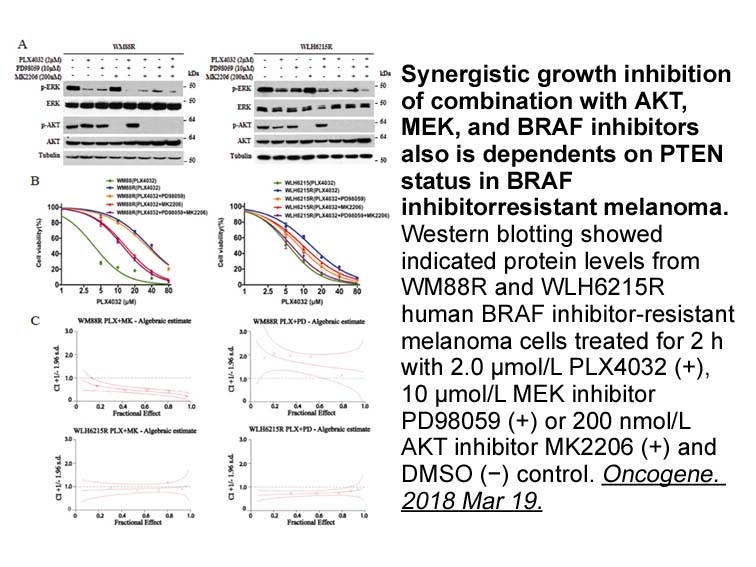
Of all ES cases, approximately 26–28% are metastatic diseases at diagnosis with the remainder being localized disease [14]. Instituting a systemic chemotherapy regimen in combination with surgery and/or radiotherapy has significantly increased the survival of patients with localized disease. The 5-y
-
5-alpha reductase inhibitors Recently experimentally exposed
2019-08-21
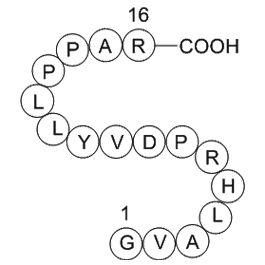
Recently, experimentally-exposed common carp took up CLO from water and maintained a consistent concentration in the liver and blood plasma (Corcoran et al., 2014). Clotrimazole may influence other aquatic organisms. Survival and development of marine shrimp larvae (Palaemon serratus) were affected
-
Cyclosporine NEORAL Oral Solution Novartis is an immunosuppr
2019-08-21

Cyclosporine (NEORAL® Oral Solution, Novartis) is an immunosuppressant widely used in organ transplantation and many other clinical conditions [12]. It undergoes extensive hepatic and intestinal biotransformation mainly via the metabolizing enzyme, CYP3A4 [[12], [13], [14], [15]]. Considering the na
-
br Introduction Detection of driver mutations in patients
2019-08-21
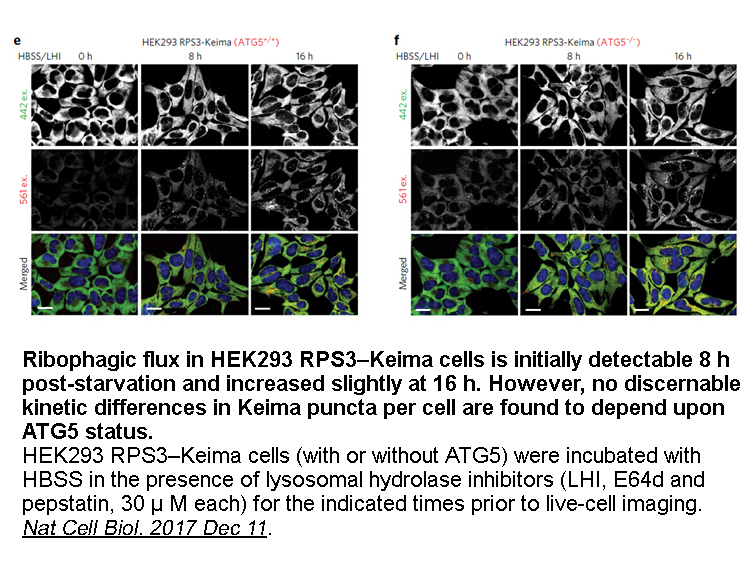
Introduction Detection of driver mutations in patients with advanced non-small cell lung cancer (NSCLC) is critical because they receive great benefit from kinase inhibitors [[1], [2], [3], [4]]. However, it is often difficult to obtain tumor tissue in advanced NSCLC patients. Cell-free DNA (cfDN
-
br Methods To study electrostatic substrate channeling we
2019-08-21
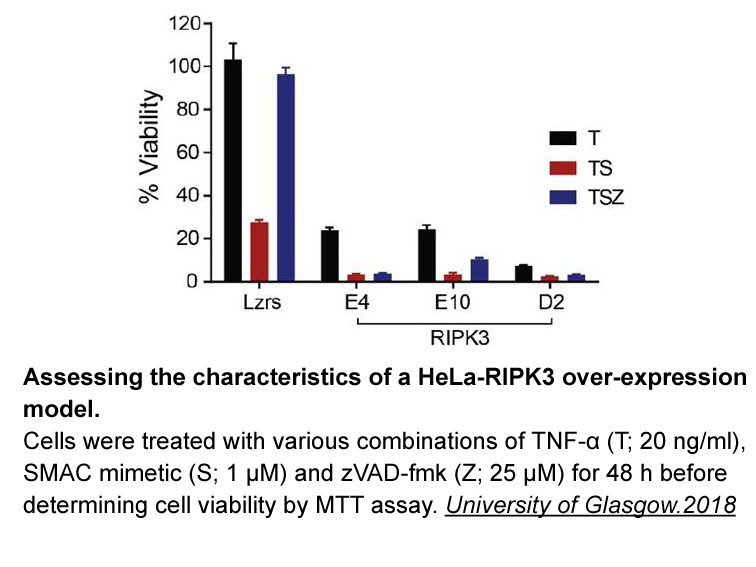
Methods To study electrostatic substrate channeling, we employed two methodologies, Brownian dynamics and a continuum model based on the Smoluchowski theory. Whereas Brownian dynamics simulations are useful for tracking the motion of individual particles, the continuum model is convenient for cal
-
CVT 10216 br Materials and methods br Results br Discussion
2019-08-21
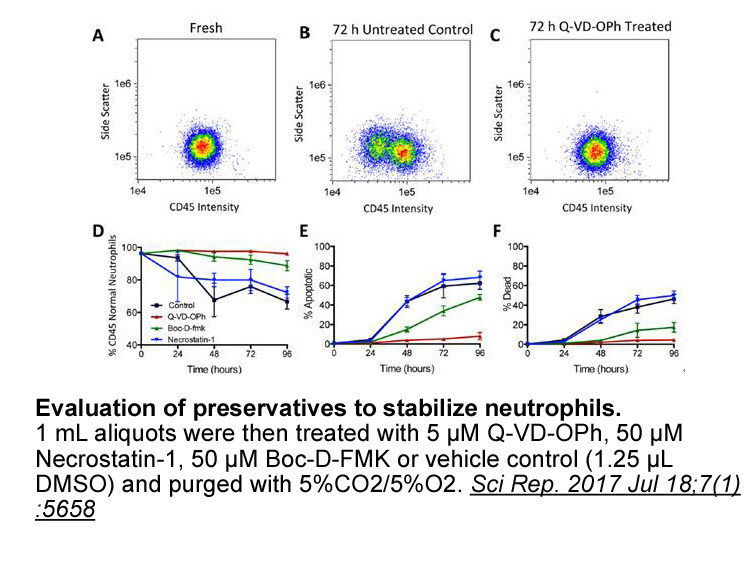
Materials and methods Results Discussion In general, CI symptoms are often visible only after the chilled products have been removed from coolstore to a warmer temperature (Schirra and Cohen, 1999). However, in the present work, \'satsuma’ mandarin fruit stored at 2°C showed chilling sympto
-
An important role for the
2019-08-20
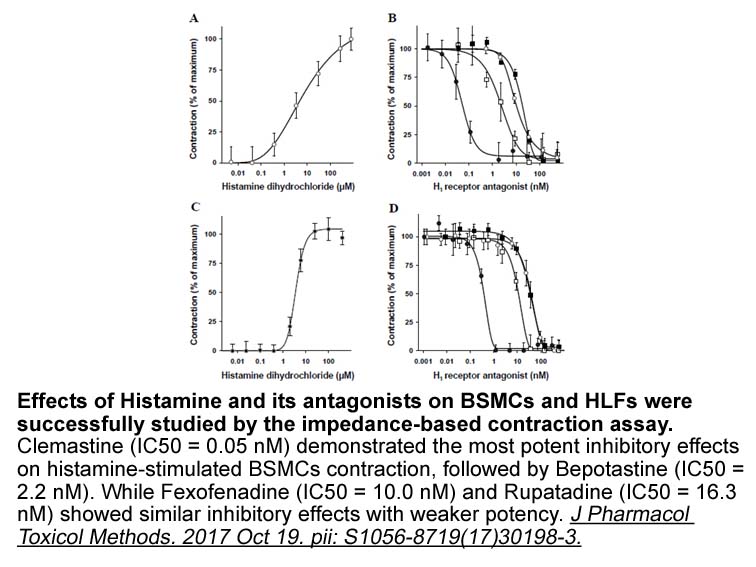
An important role for the precursor molecule of the main EBI2 ligand, 25-OHC, in the inhibition of inflammation was recently shown. 25-OHC was demonstrated to inhibit inflammasome induction in mouse macrophages [28]. Inflammasome assemblies are the sites of caspase 1 activation and lead to the gener
-
br Membrane receptor Indirect non
2019-08-20
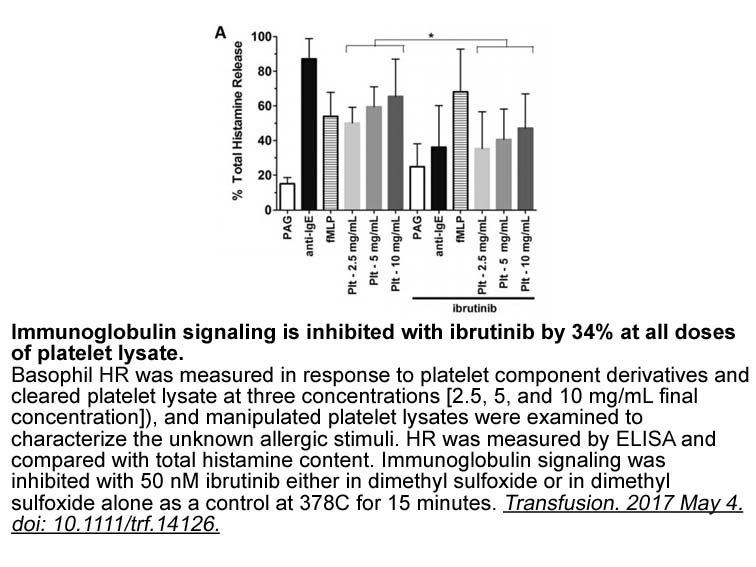
Membrane receptor: Indirect non-genomic signaling As mentioned above, not all Potassium Canrenoate responses fit the classical genomic model of steroid action. The observation of excessively fast estrogen-induced biological responses led to the development of the hypothesis that estrogen could b
-
br Introduction Concrete is one of the most commonly used
2019-08-20
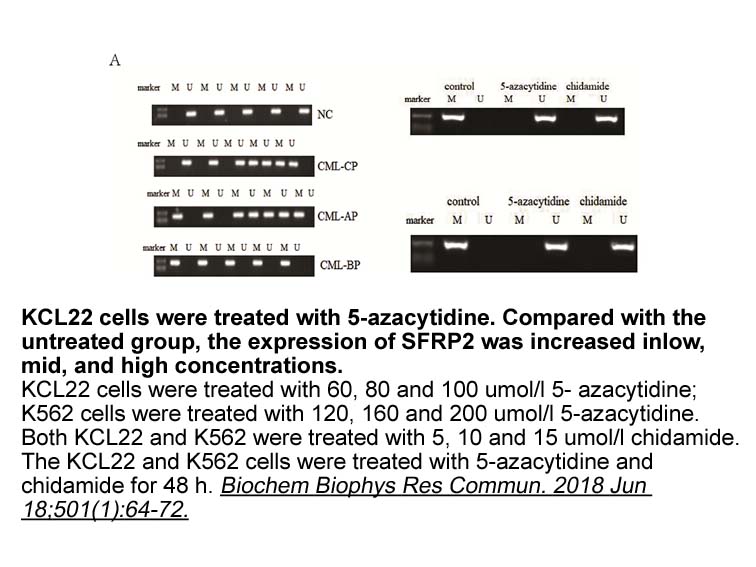
Introduction Concrete is one of the most commonly used materials in the construction industry and its raw material is available throughout the world. Concrete is derived from ordinary Portland cement and is used for the construction and development of infrastructures. Research shows that demand f
-
cAMP mediated signaling pathways are important for maintaini
2019-08-20
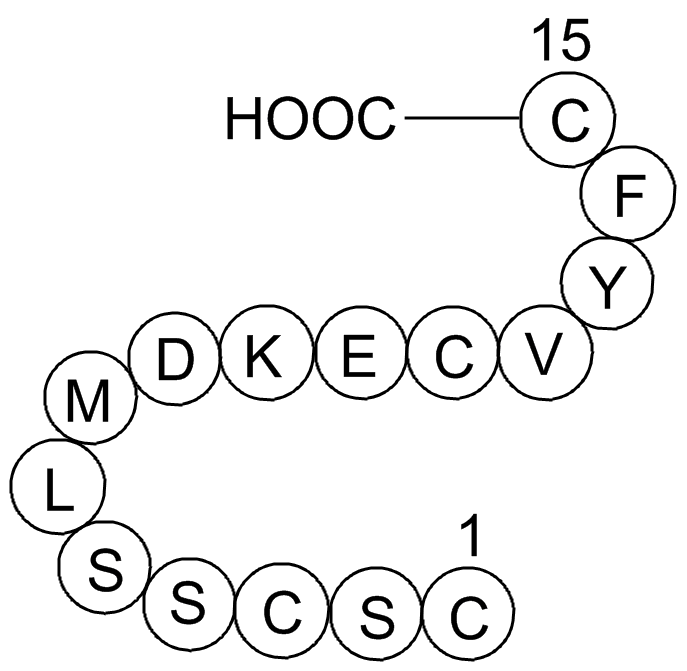
cAMP-mediated signaling pathways are important for maintaining metabolic homeostasis, and the effects of the glucagon/catecholamine–cAMP–PKA axis on energy balance have been well documented [20]. For example, PF-431396 of the PKA 2β regulatory subunit (RIIβ) in mice leads to increased expression of
-
Metal ions are known not to be
2019-08-20
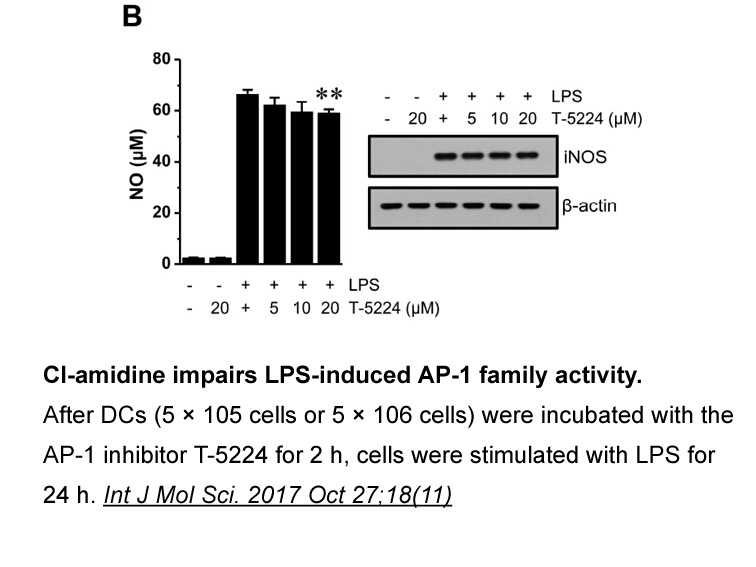
Metal ions are known not to be necessary for catalytic activity of serine proteinases. Nevertheless, Co2+ and Ca2+ ions were found to stabilize glutamyl endopeptidase molecule [1], [7], [19]. In our previous study, we have described significant stimulating effect of Ca2+, Mg2+, and Co2+ on biosynthe
-
br Conflicts of interest br
2019-08-20
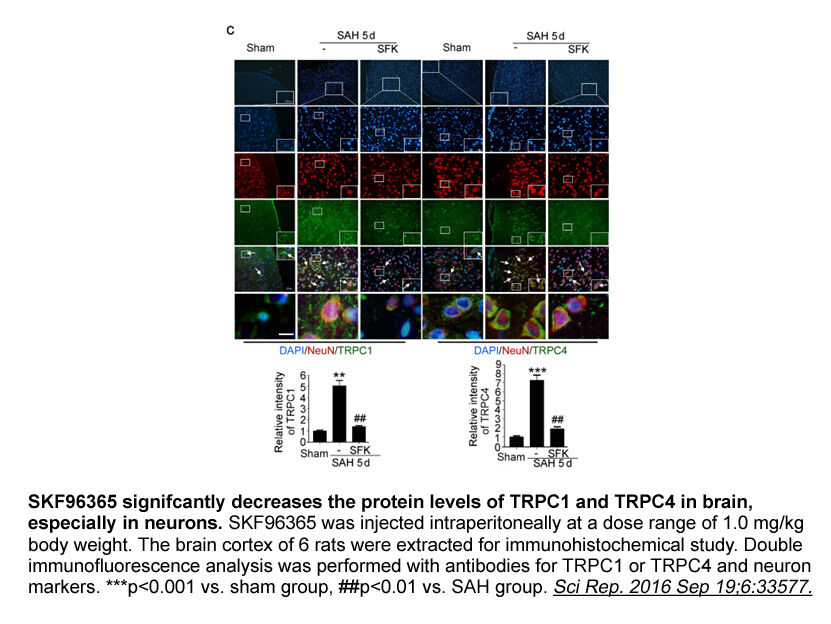
Conflicts of interest Introduction Diacylglycerols (DAGs) and phosphatidic dna alkylating agents (PA) play fundamental roles in biology as basic components of membranes, intermediates in lipid metabolism, and secondary messengers in cellular signaling (Carrasco and Merida, 2007, Fang et al.,
-
The data from drug screening in P berghei Fig D
2019-08-20
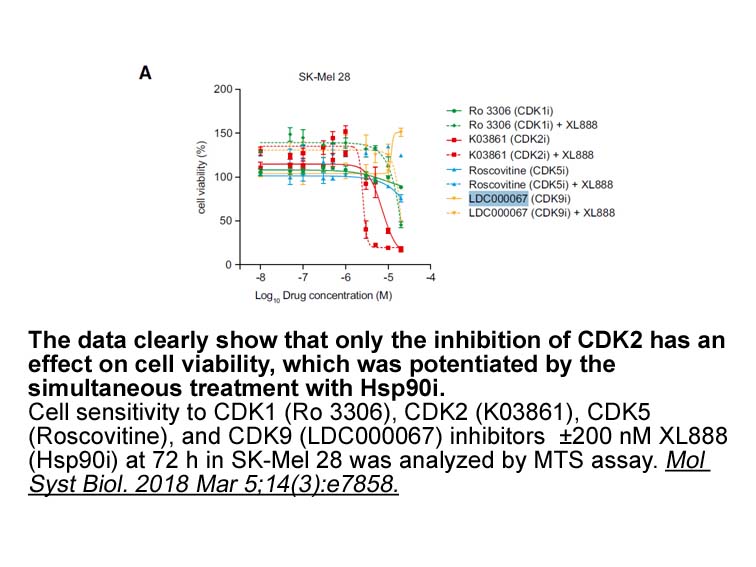
The data from drug screening in P. berghei (Fig. 3D) provide proof of concept that chemogenomic profiling can be accomplished in P. berghei in the same manner as P. falciparum, in that significant increases in the EC50 ratio were found only for antifolate drugs in the parasite with attenuated TgDHFR
-
Experiment B CP during fear acquisition
2019-08-20
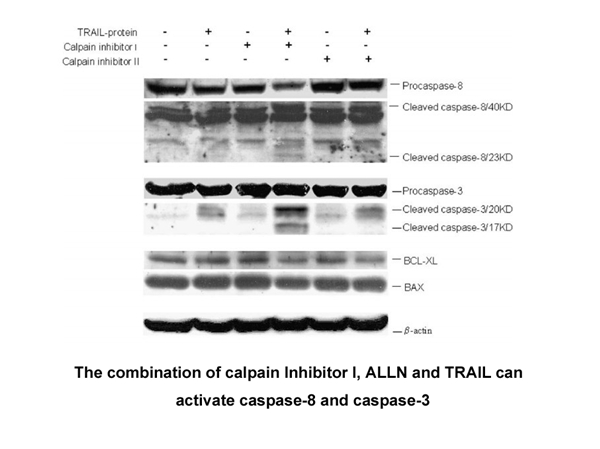
Experiment 4B: CP154,526 during fear acquisition normalizes fear-potentiated startle and prevents exacerbation of contextual conditioned fear in SERT−/− rats. As genotypes differed markedly in basal fear acquisition, drug effects could differ strongly between genotypes. Therefore, all effects in th
-
br E E backside interaction The E possesses
2019-08-19
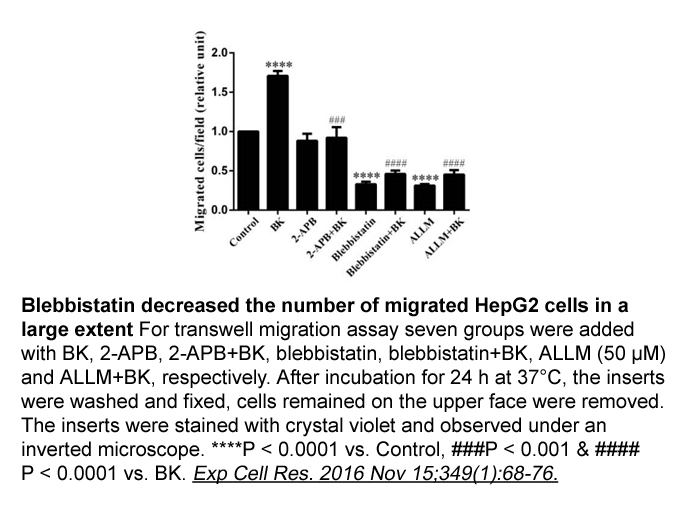
E3–E2 backside interaction The E2 possesses an important regulatory interface which is termed its backside as it is opposite to the catalytic cleft that bears the active-site cysteine forming the thioester with SUMOD. This backside site interacts noncovalently with a scaffold SUMOB and was origin
15495 records 969/1033 page Previous Next First page 上5页 966967968969970 下5页 Last page